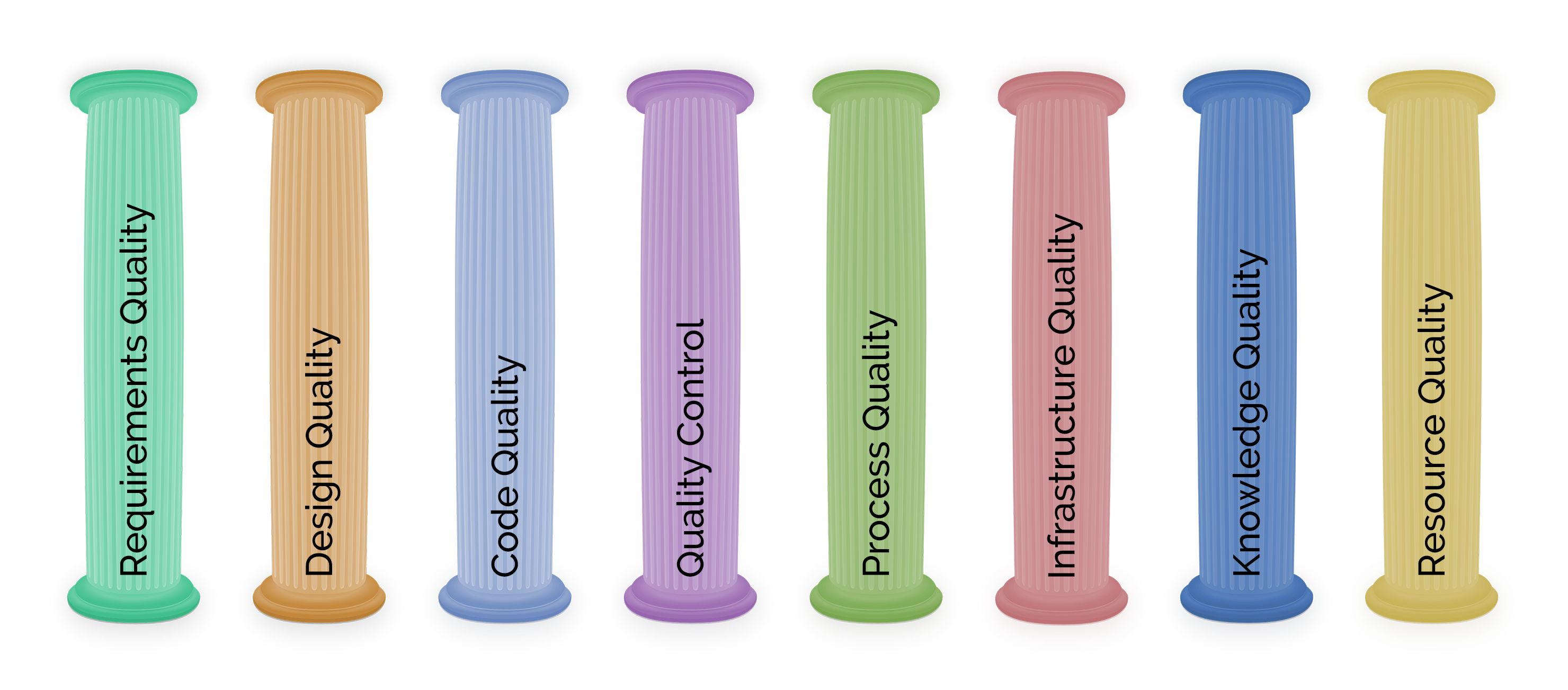The SQA2 Blog: Advice Center, Automation
Testing is crucial during development and after development. It is a MUST have before a release. It is crucial because, if the software doesn’t work properly, then people won’t use it and buy it. In both cases – the business losses, revenue and it has serious impact on the business reputation. A good test automation approach can help you to protect your reputation by ensuring the quality release to the customers.
Why Test Automation?
The main goal of manual or automated testing is – find defects/bugs or problems. Testing is time consuming, expensive and repetitive. Additionally, manual testing involves “Human Error”. However, automated testing is – more accurate, error free and human error free. Automated testing is a part of quality assurance process, where the professionals use software tools to test the product for detailed, repetitive and data intense tests through them.
Strategies to Build the Test Automation Approach
Acquiring Requirements and Analysis
First things first, before doing anything, first of all it is important to know the client’s requirements. The best place to start with – system requirement specification, RFP and mock screens and business flow. These documentations helps QA professionals to understand the application flow. Once all the functional and technical details gathered – now it’s time for analysis. During the analysis, the QA professionals assign the user roles and related functionalities.
Creating Groups and Test Cases
Once the user role and administrative roles are assigned, the next step is creating test cases. Usually, professionals create semi-processed test cases in spreadsheet for further modification with action and desired results.
Creating Final Test Cases
Creating of final test cases involve several steps. The test professionals start the process with following styles –
- Specify a common coding/scripting structure for all test scripts.
- Specify a common coding/scripting conversion throughout the test.
- The coding/scripts MUST meet the reusability perspective. That means, the owner of the project can reuse the scripts in future.
- Unified naming conversion of the entire test case along with error handling definitions and exception handling methods/functions.
- Verify the test cases with design to make sure that the test cases must follow the design.
However, executing test cases in real time involves some important aspects. Those aspects are the key factor and play equally to make really effective test automation. Here are some important things that QA professionals follow during test automation execution –
Real time Test Automation Execution
The real time test automation execution process involves five different steps. They are –
Process #1: Elimination
In this process, QA professionals identify the manual testing areas and eliminate them and find the best way to automate the testing for entire application by separating common functionalities.
Process #2: Scripting Standards
The second step is to determine common coding/scripting procedures, naming conversions and scripting/coding templates used throughout the application.
Process #3: Development
The third step is – development of shared libraries, re-usable objects and their repositories, databases, tables, files, images and other variables that required during test automation.
Process #4: Reporting
Error reporting or bug reporting is the most important part of any testing procedure. Automated testing is no exception! Setting up bug reporting system is another MUST have essential before execution.
Process #5: Execution
Before execution, validations of the final test scripts and then play the test scripts with playback tools and generate the error/bug report.
Finally, this is a quick view of the test automation approach. This is the standard operating procedure that sometimes differs from one company to another. But the basic structure remains same.

